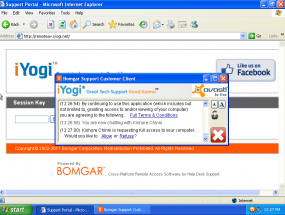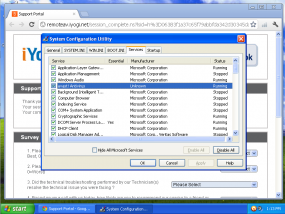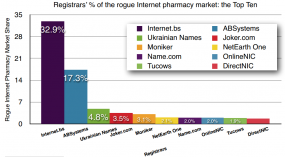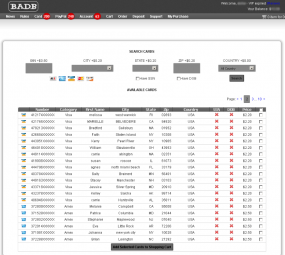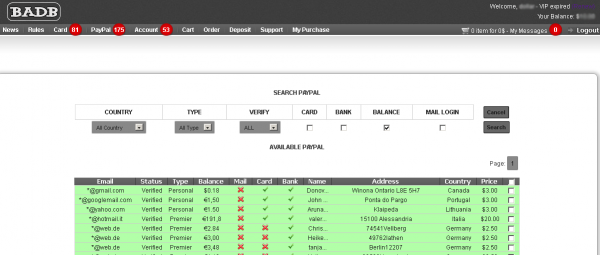Twitter bots — zombie accounts that auto-follow and send junk tweets hawking questionable wares and services — can be an annoyance to anyone who has even a modest number of followers. But increasingly, Twitter bots are being used as a tool to suppress political dissent, as evidenced by an ongoing flood of meaningless tweets directed at hashtags popular for tracking Tibetan protesters who are taking a stand against Chinese rule.
It’s not clear how long ago the bogus tweet campaigns began, but Tibetan sympathizers say they recently noticed that several Twitter hashtags related to the conflict — including #tibet and #freetibet — are now so constantly inundated with junk tweets from apparently automated Twitter accounts that the hashtags have ceased to become a useful way to track the conflict.
The discovery comes amid growing international concern over the practice of self-immolation as a means of protest in Tibet. According to the Associated Press, about 30 Tibetans have set themselves on fire since last year to protest suppression of their Buddhist culture and to call for the return of the Dalai Lama — their spiritual leader who fled during a failed 1959 uprising against Chinese rule.
I first heard about this trend from reader Erika Rand, who is co-producing a feature-length documentary about Tibet called State of Control. Rand said she noticed the tweet flood and Googled the phenomenon, only to find a story I wrote about a similar technique deployed in Russia to dilute Twitter hashtags being used by citizens protesting last year’s disputed parliamentary elections there.
“We first discovered these tweets looking at Twitter via the web, then looked at TweetDeck to see how quickly they were coming,” Rand said in an email to KrebsOnSecurity.com late last week. “They no longer appear when searching for Tibet on Twitter via the web, but are still flooding in fast via TweetDeck. This looks like an attempt to suppress news about recent activism surrounding Tibet. We’re not sure how long it’s been going on for. We noticed it last night, and it’s still happening now.” Continue reading






